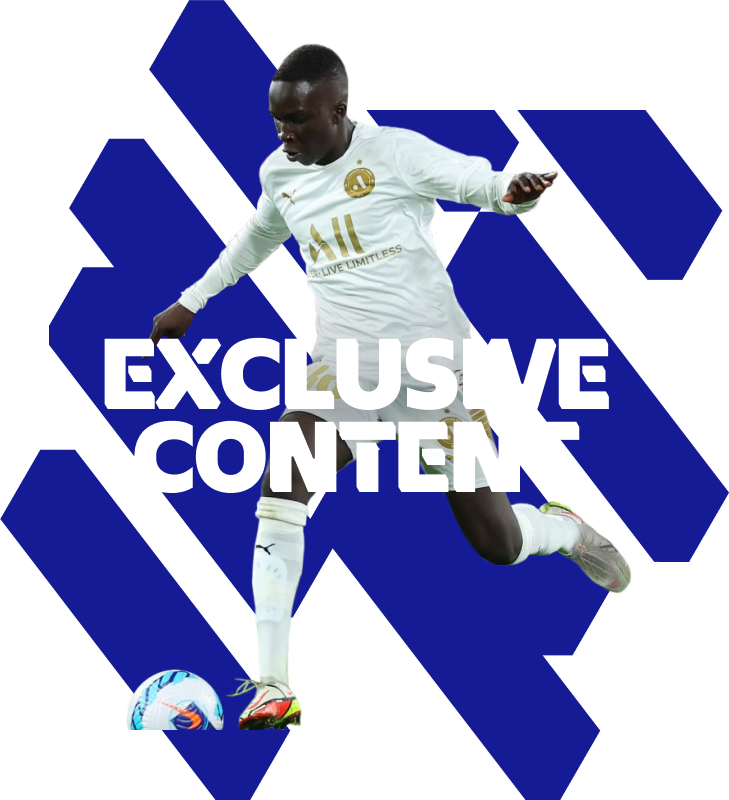Have you ever watched football and wondered what the numbers on a player’s jersey mean?
While they might seem random, these numbers traditionally reflect the player’s role and position on the field. In football’s early days, players wore numbers based on their positions, and though modern football has evolved, those numbers still give us clues about where a player plays and what responsibilities they have.
Here’s a simple breakdown of what each number typically represents:
1 – Goalkeeper: The goalkeeper is the last line of defence, standing between the posts and preventing goals. They’re the only player allowed to use their hands, but only within their penalty area.
2 – Right Back, 3 – Left Back: These are the full-backs, the defenders stationed on either side of the pitch. Their main job is to prevent attacks down the wings, but they also join in on offensive plays, overlapping with their team’s wingers to deliver crosses or help maintain possession.
4, 5 – Centre Backs: These are the defenders in the heart of the back line. Centre-backs are tasked with blocking and tackling opposing forwards, clearing dangerous balls from the penalty area, and defending against set pieces like corners and free kicks.
6 – Defensive Midfielder: Known as the “shield” for the defence, this player sits just in front of the defenders and helps protect them by intercepting passes, making tackles, and stopping attacks before they reach the backline. They also help start attacking plays by distributing the ball forward.
8 – Central Midfielder: This position is often called the “engine” of the team. Central midfielders cover a lot of ground, contributing to both defence and attack. They help break up opposition plays but also support their forwards, delivering passes and occasionally shooting themselves.
10 – Attacking Midfielder: Usually considered the playmaker, the number 10 is a creative force on the field. They are responsible for setting up goal-scoring opportunities, providing assists, and even scoring themselves. These players are often the team’s most technically gifted.
7, 11 – Wingers: Wingers play on the sides, stretching the opposition’s defence by staying wide. They’re fast and skilled at dribbling, and their job is to deliver crosses into the box, create space, or cut inside to take shots on goal.
9 – Forward/Striker: The number 9 is usually the team’s main goal-scorer. Positioned closest to the opposition’s goal, their role is to finish attacking moves by scoring. They often play with their back to goal, holding up the ball to bring others into play, or getting on the end of crosses and through balls.
You might notice that substitutes wear different numbers – often higher than the traditional 1 to 11 range. So, what do those numbers mean?
In traditional football, substitutes followed a different system compared to the modern game. Before squad numbers became permanent, the numbers 1 to 11 were reserved for starting players, based strictly on their position. Substitutes were rare, and when they were allowed, they didn’t have their own fixed numbers for the season.
When a substitute entered the game, they would typically take the number of the player they were replacing. For example, if a striker wearing number 9 was substituted, the incoming player would wear that same number. There wasn’t a set system for substitutes to have higher numbers like 12 or beyond, because football rosters weren’t as large and substitutes weren’t as commonly used.
As substitutions became more frequent and squad sizes grew, football moved toward allowing players to have their own permanent numbers, even for substitutes. This led to the system we see today, where squad numbers are pre-assigned and substitutes wear numbers that don’t reflect their position but their unique squad identity.
So, next time you’re watching a game, keep an eye on those jersey numbers – they’re more than just decoration! They offer insight into each player’s role on the field and the team’s overall strategy.
Get your tickets to our home opener against Brisbane Roar, on October 19th.





